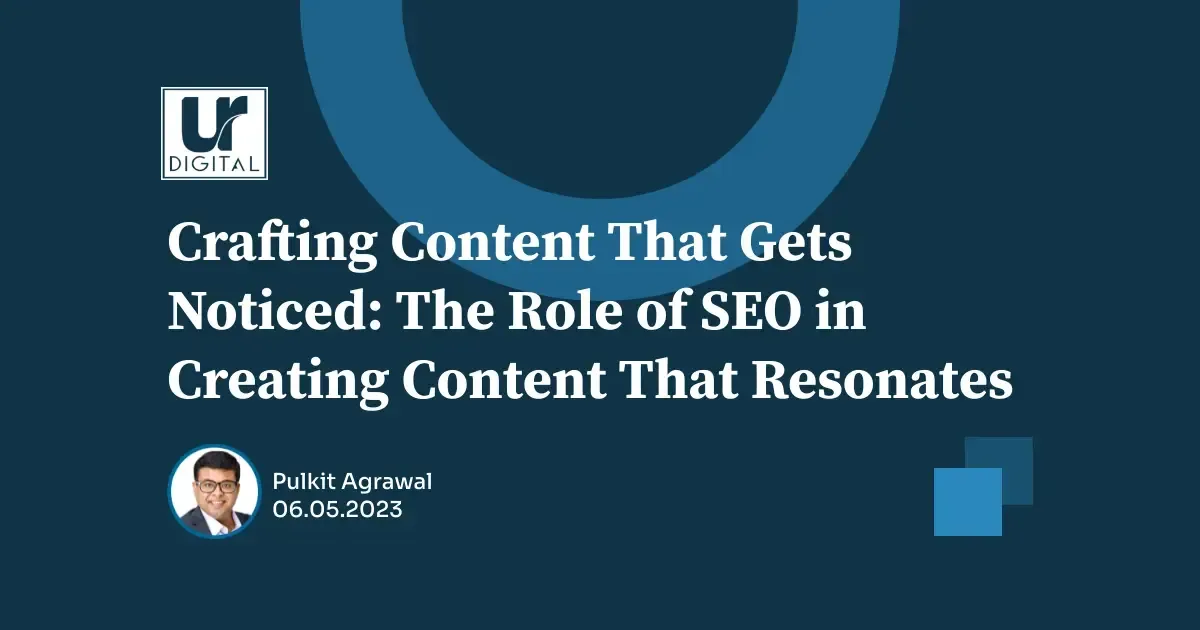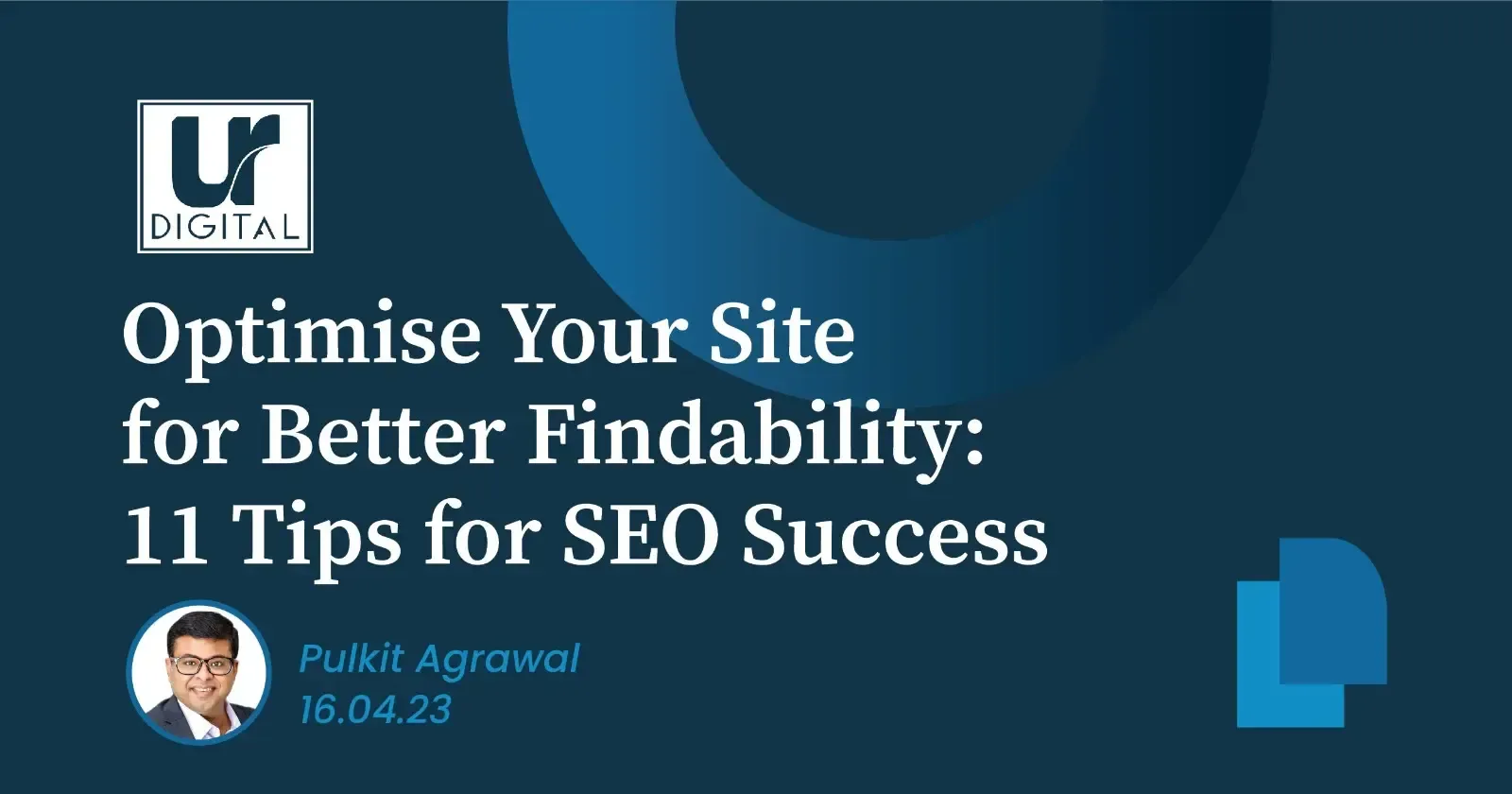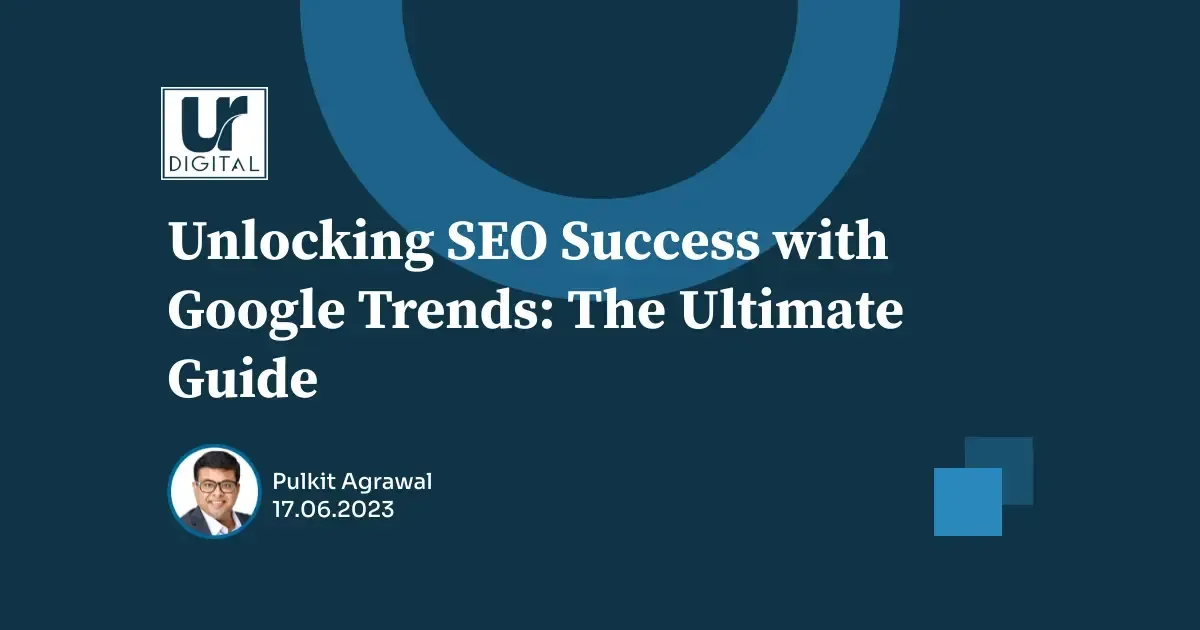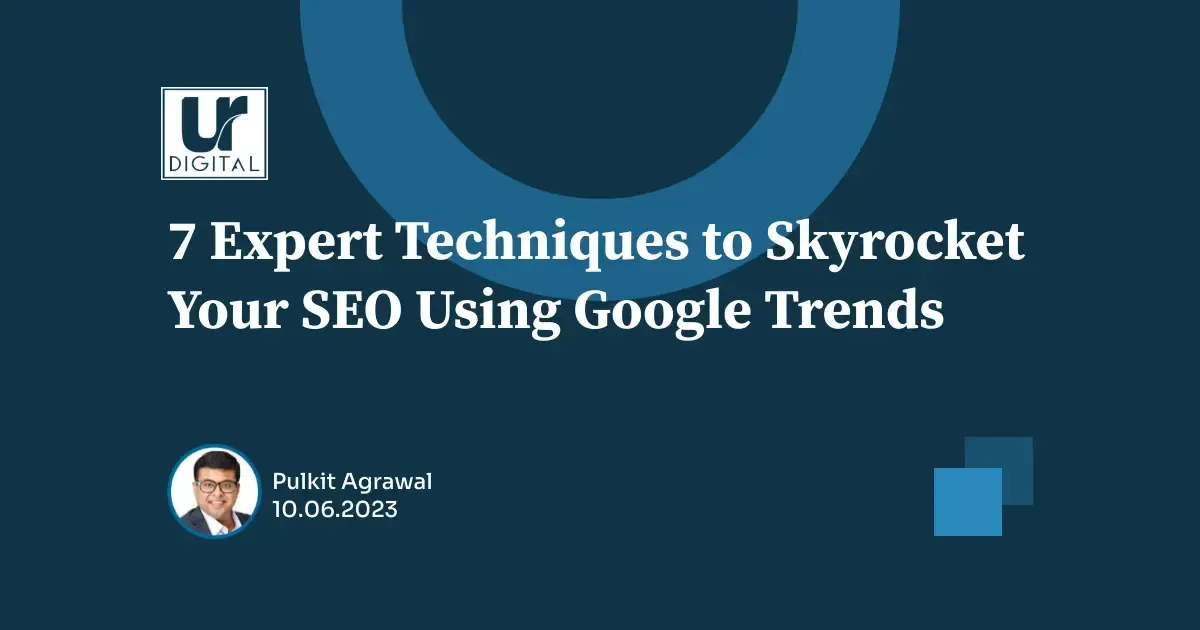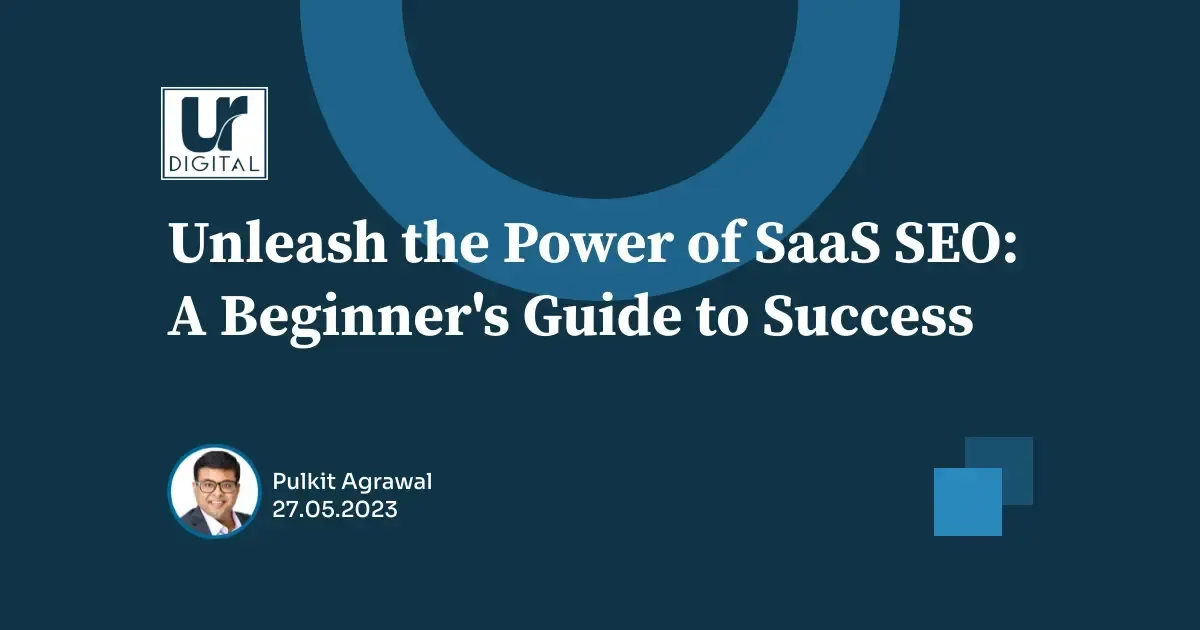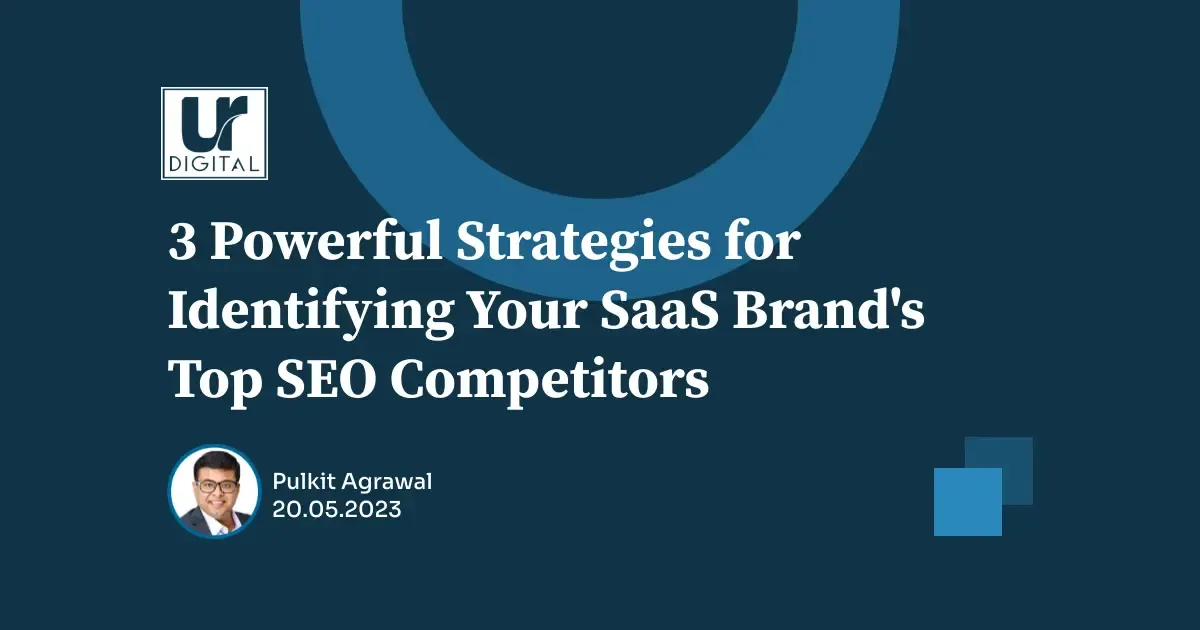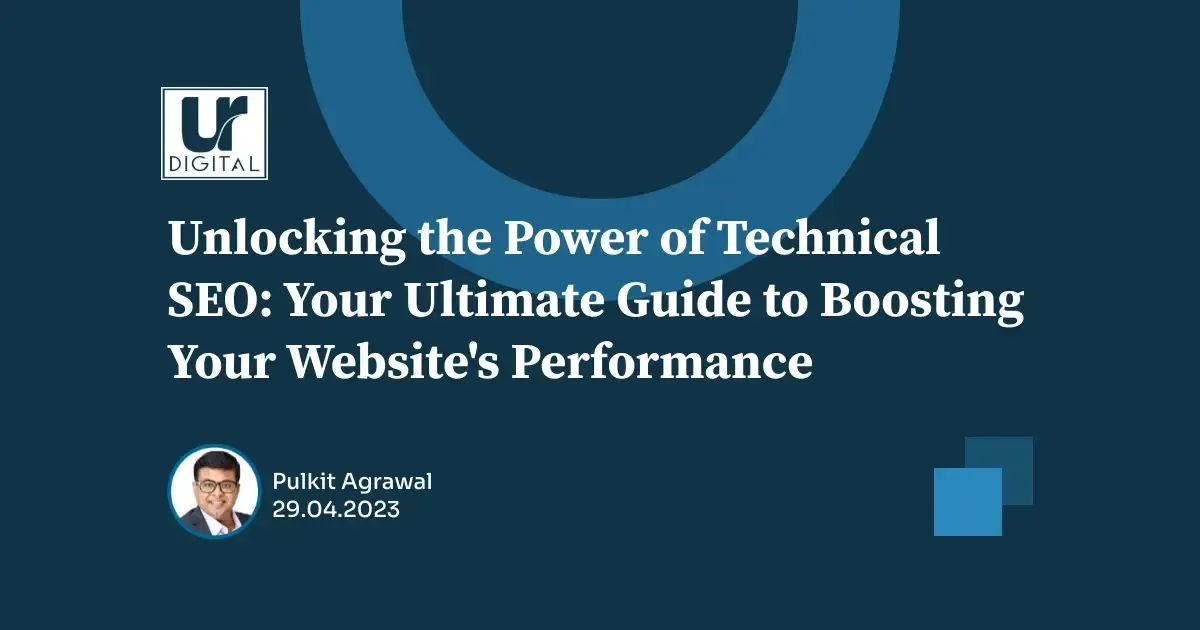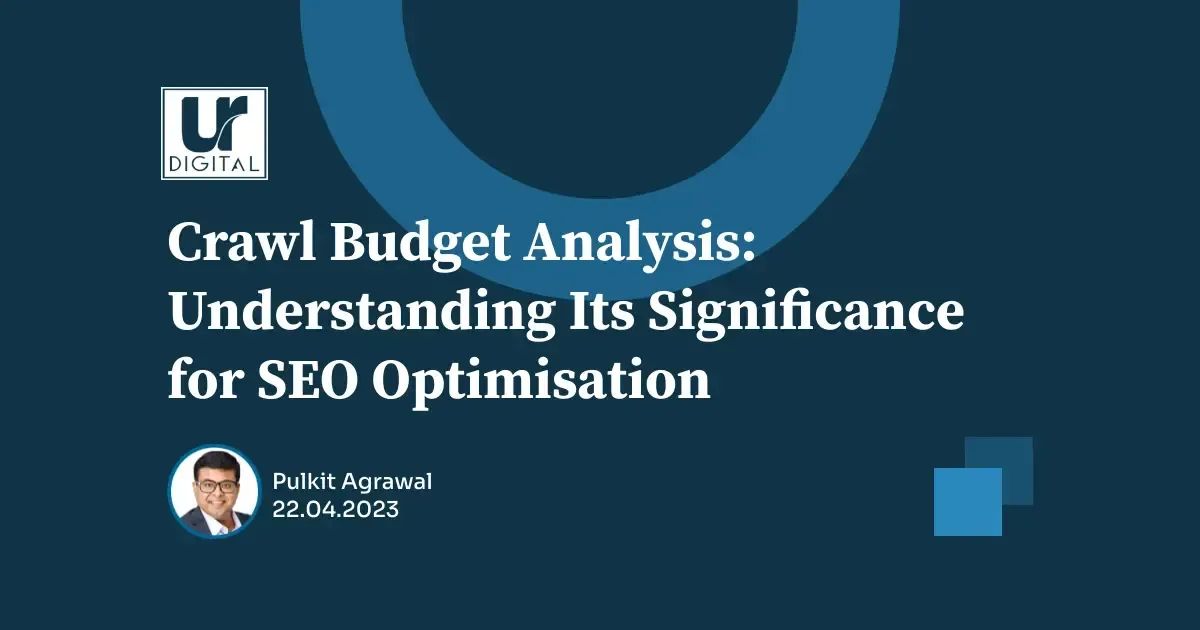How to optimize for Google’s Video Carousels
Consider Sharing
Google SERPs have evolved beyond recognition over the past decade.
Instead of a minimalistic list of clickable search results, we are now served highly visual, often interactive search results in various formats, including videos and images.
Many of those search results and search sections provide additional opportunities for brand visibility, and one of these visual search sections is “video carousels”.
What are video carousels?
A video carousel is a standalone section within Google SERPs containing relevant videos.
Video carousels are triggered on both mobile and desktop search results, and on both they really stand out. Here’s one on desktop:
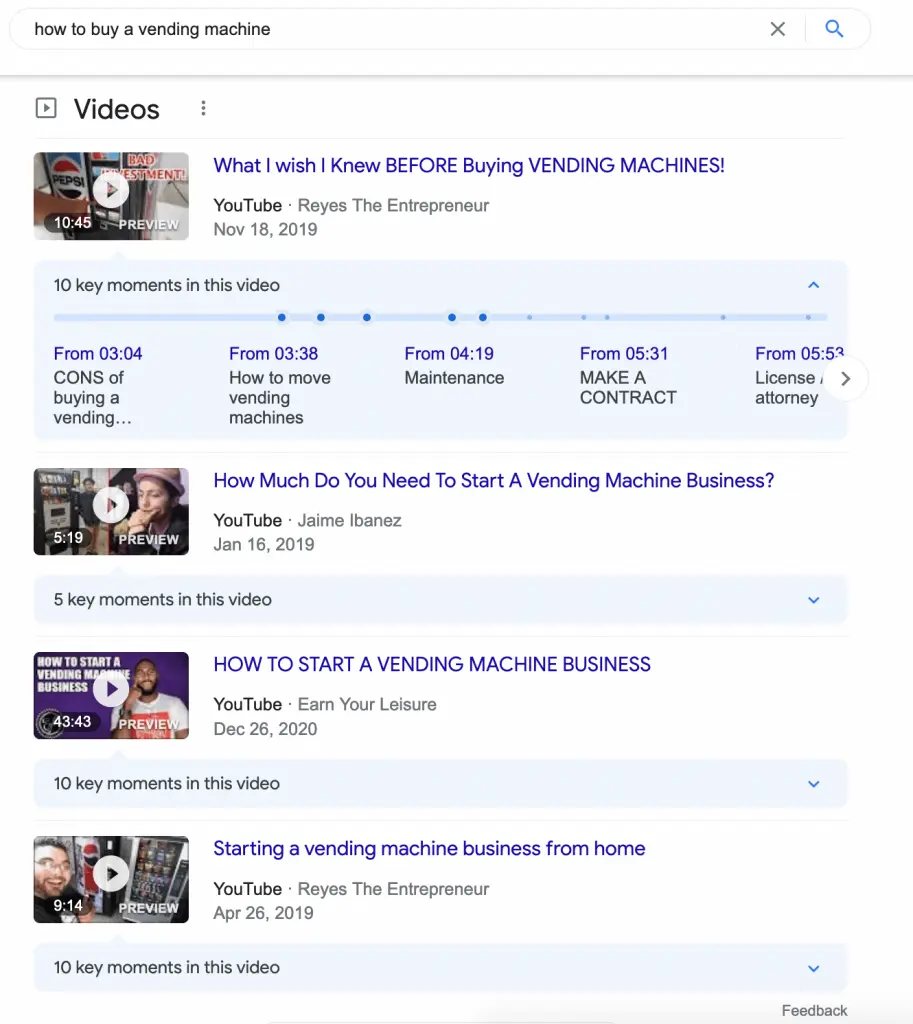
Google's Video Carousels
And here’s a video carousel on a mobile device:
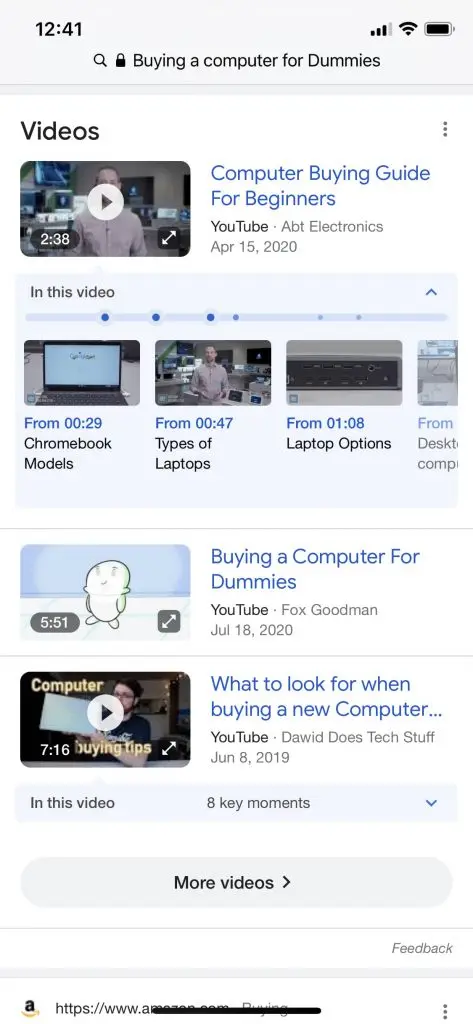
Google Video Carousel on Mobile Device
As you can see, this search section is very hard to miss!
Note that “key moments” section: This allows to jump to a particular part of the video driving a highly engaged click into the video:
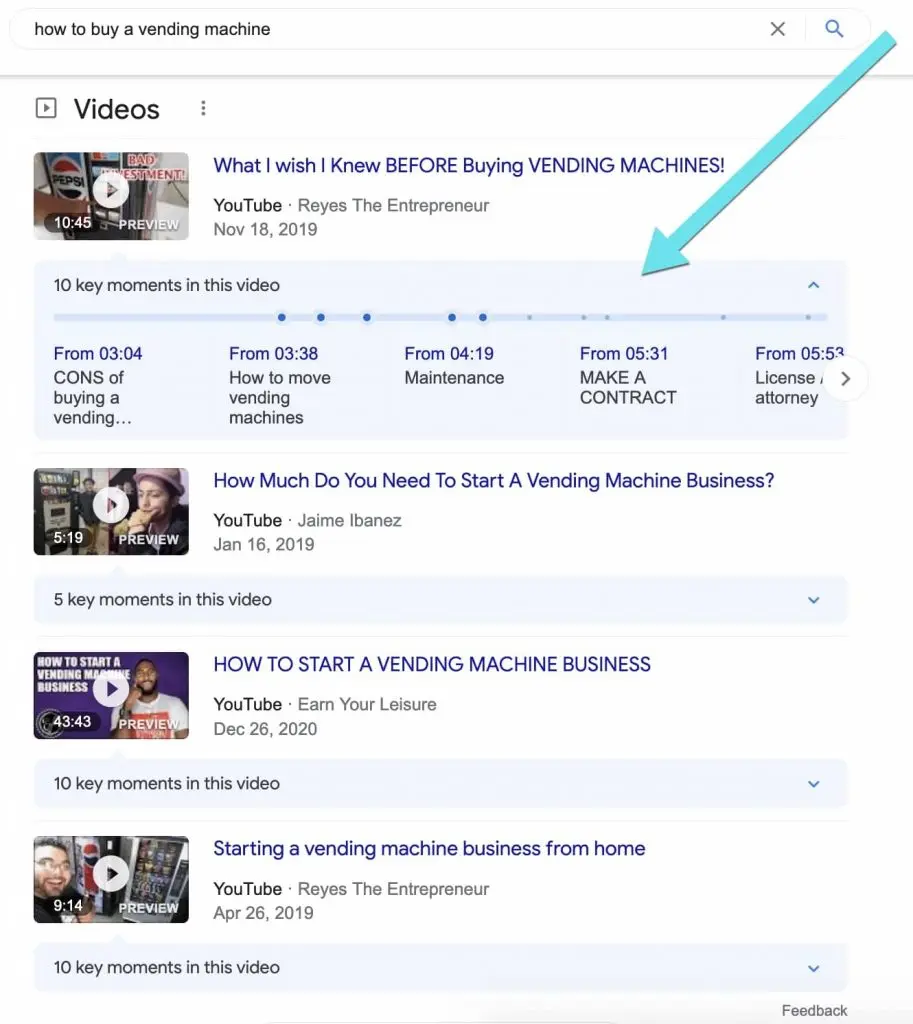
Key moments on Google Video Carousels
Some of these “key moments” may be unfolded by default which makes that section stand out even more. There’s a quick tip on optimizing your video for “key moments” below. Read on!
How common are video carousels?
According to Mozcast, video carousels consistently show up for almost one fifth of all SERPs.
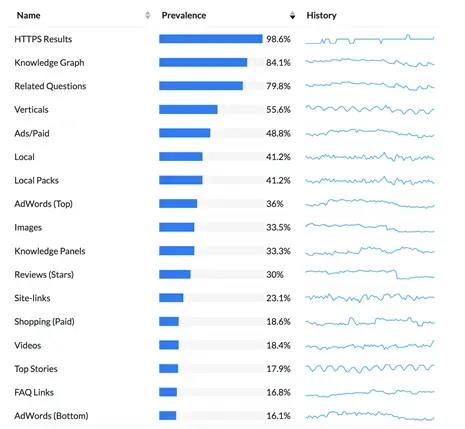
How common are Google Video Carousels?
But in reality, we see them for every other search. They tend to appear on page 1 of search results but their actual location depends on the search intent.
For some search queries, the carousels will show up right below #1 position (or “People Also Ask” boxes if those exist). For other queries, the section will be included lower.
How do I rank my content in Google Video Carousels?
The benefit of having your own video rank within this section is quite obvious: Your brand can be visible inside an additional search feature funneling more people from search results into your sales funnel.
Videos can make an effective part of a sales funnel, especially when there’s a hint on commercial intent.
For instance, anyone searching for “how to register a domain name” is likely to want to do that right away, so if you answer that question well, that may be your new customer.
The good news: Ranking in Google’s video carousels is quite doable. In fact, it is one of those organic search opportunities few brands are optimizing for, so it is not yet crowded there.
Here are all the required steps:
Step 1: Find your opportunities
Not all SERPs trigger video carousels. So your first step is to identify those SERPs that do. Usually these are search queries that Google identified as video-friendly, i.e. Google has found these searchers engage with video content well.
This is where good old keyword research will come handy: Research the keywords your target customers are using and create your videos around those, just like you would when creating content for your site.
Using Ahrefs for keyword research you can filter search queries by a search feature. This allows you to only see keywords that trigger video carousels.
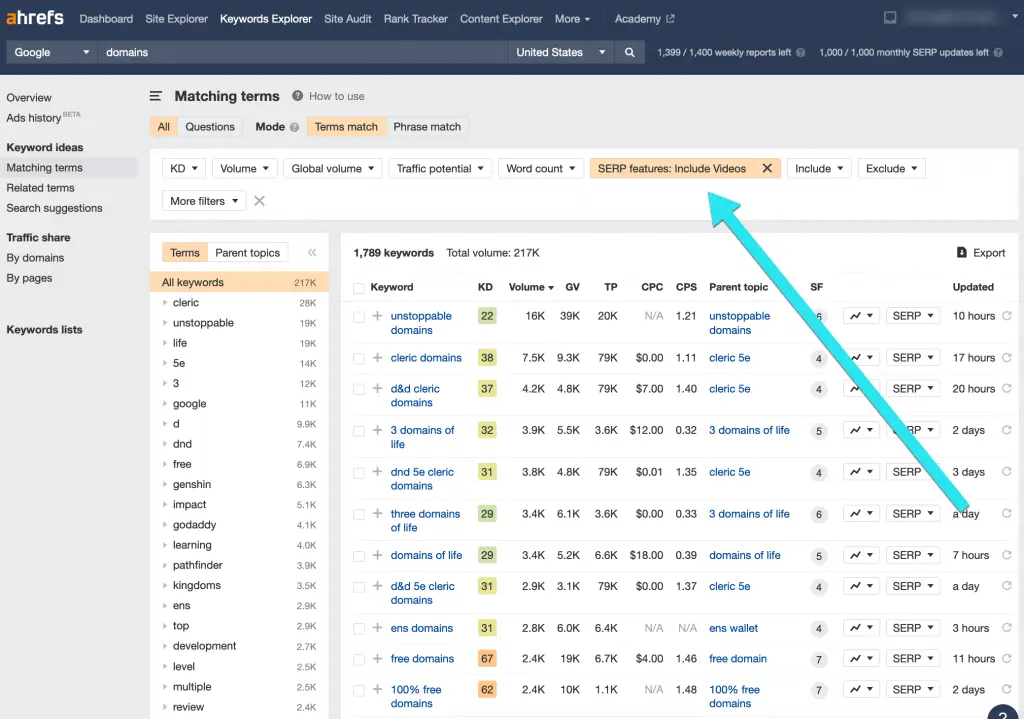
ahrefs Dashboard Video Filter
Naturally, stick to topics that may have some transactional intent and drive conversions, not just clicks.
Step 2: Put together your video content
Videos are quite easy to create these days. A smartphone camera is enough to create a useful video for your target audience to watch.
For screencasts and online tutorials, I often use Zoom (which is free) or iMovie (that is included in my Mac). There are also quite a few online video creators that require no downloads. InVideo is one example, and it’s probably the easiest to use.
Overcomplicating video production usually results in those videos to never happen, so once you know your target keyword, just sit down and create one. You do need a clear voiceover for Google to index, so accompany your video with instructions.
Step 3: Upload to YouTube
YouTube is not just the biggest community of video creators, it is the SEO-friendliest platform.
Video carousels are often nothing but Youtube videos, so if you want to rank there, you need to be on Youtube.
Step 4: Add text context to your YouTube Site
Google can use the video content itself (i.e. its transcript) to index it and even break it into sections (i.e. “key moments”) but it would be easier if you also create some text around your video. Even Google reps admit that they still appreciate textual content when possible:
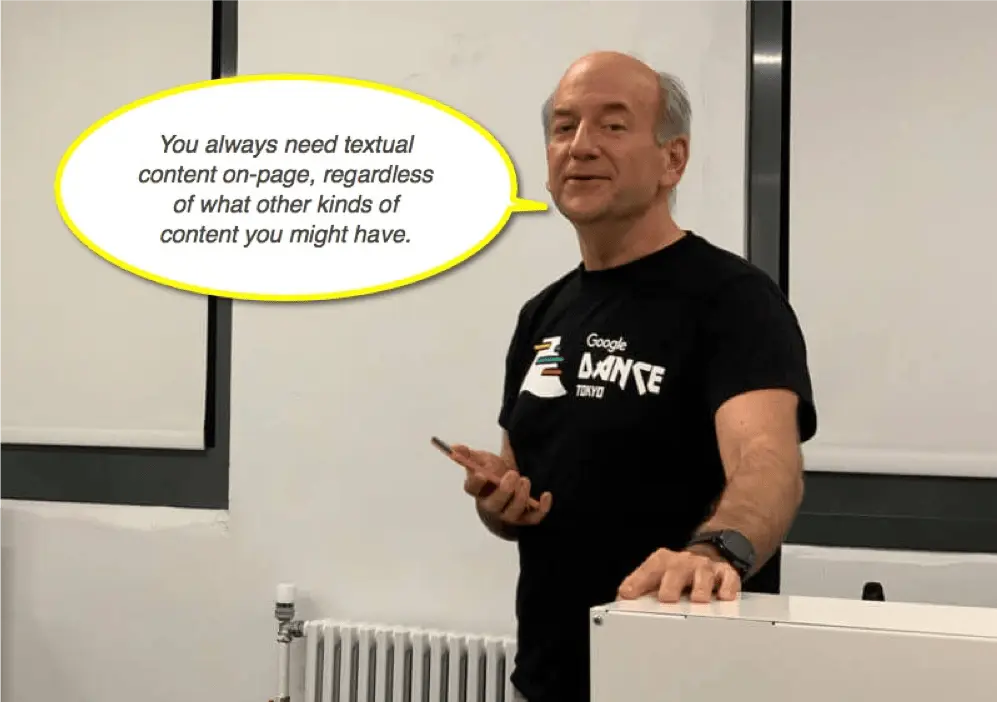
And when it comes to SEO, making Google’s life easier is always a good idea:
- Add the video title that includes your target keyword
- Create a detailed video description
While I am not really a fan of the “best word count” concept, it is always helpful to have a meaningful amount of relevant and helpful content when optimizing anything, including a video page.
Step 5: Add a clickable table of contents
Using YouTube timestamps, you can put together a clickable table of contents. It is a helpful feature allowing your viewers to get deep into the video right to the part that is most useful for you.
Create clickable timestamps to drive people into the video to the part which is most interesting to them. Google often uses those timestamps to create those clickable “key moments” that people can click right from search results.
Step 6: Link to your video page from your site
Links are still key to Google rankings, and ranking in Google carousels is no exception.
The easiest way is to link to it from your own site.
Embedding your video on your page is not enough: You need at least one text link to your YouTube page.
Conclusion
Video carousels provide brands with lots of opportunities to boost their organic search visibility and get found by potential customers.
All you need is useful video content that targets relevant search queries and some basic SEO work. It is a pretty low-effort initiative and can also help you develop an active YouTube channel which is an additional benefit.
Author
PULKIT
AGRAWAL
FOUNDER & MANAGING DIRECTOR
Profile
My name is Pulkit Agrawal and I'm the Founder and Managing Director of
UR Digital. I invest my soul and imagination into every client. I have worked across many industries, over the past 15 years and countless highly successful SEO projects and campaigns.
Skills and Achievements
Multi-lingual SEO (English, German, Cantonese, Mandarin and Japanese). Google, Semrush, BEC Australia and LinkedIn certified. Member Entrepreneur Leadership Network. Guest Author Entrepreneur, Semrush & Inside Small Business.
Connect with me on
Consider Sharing
